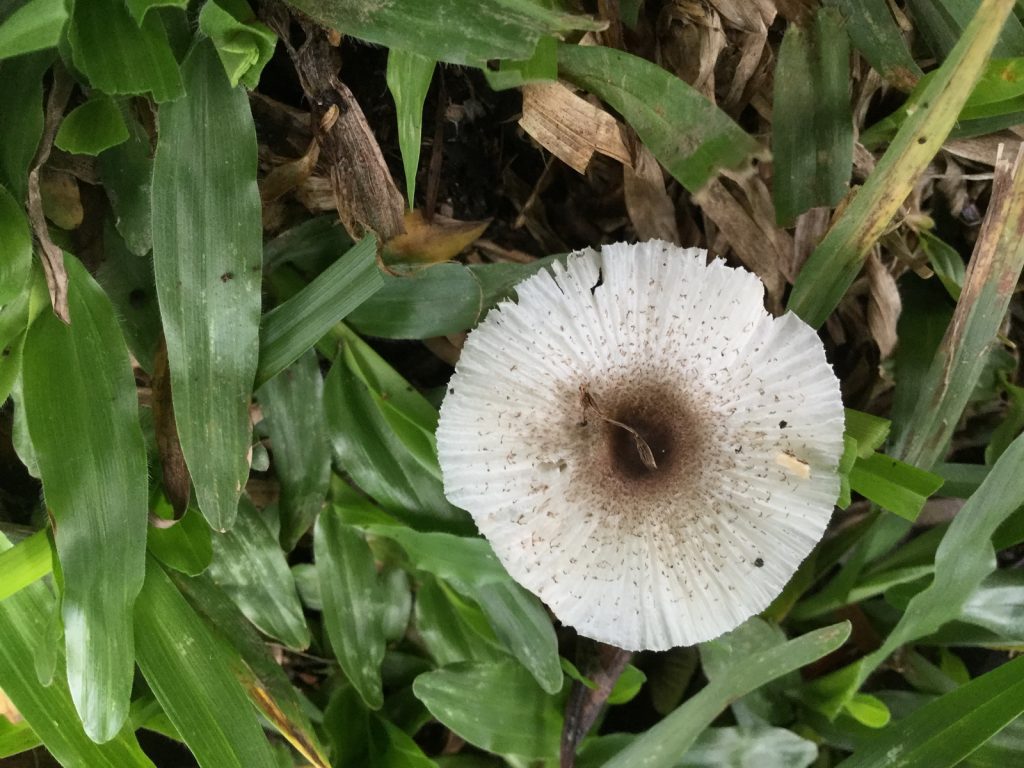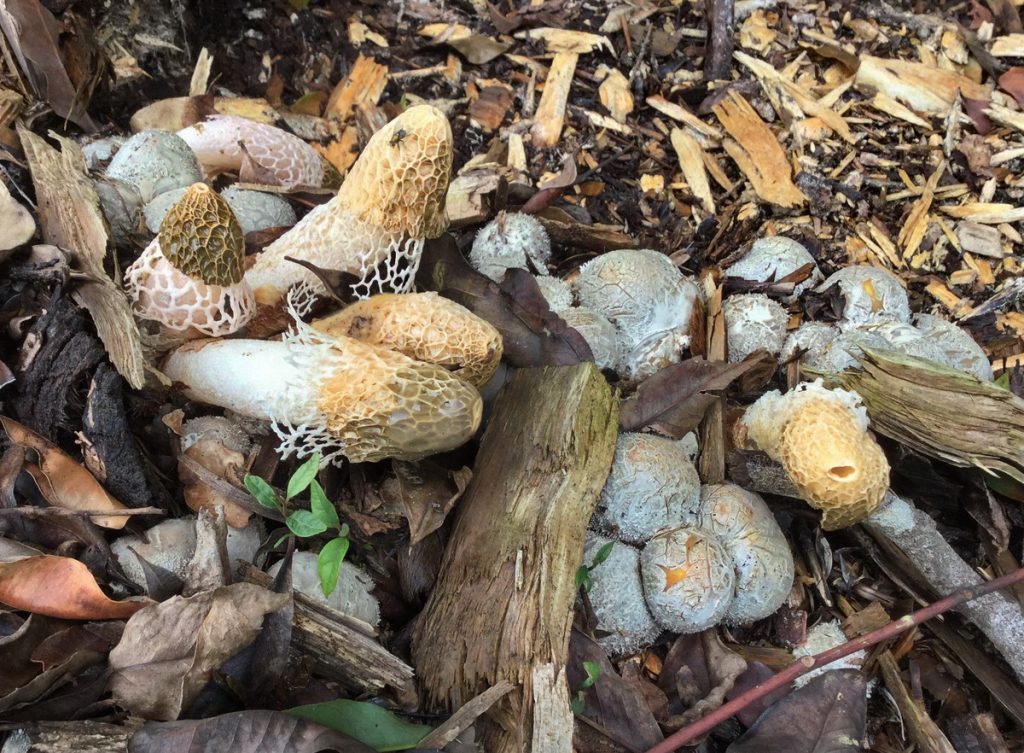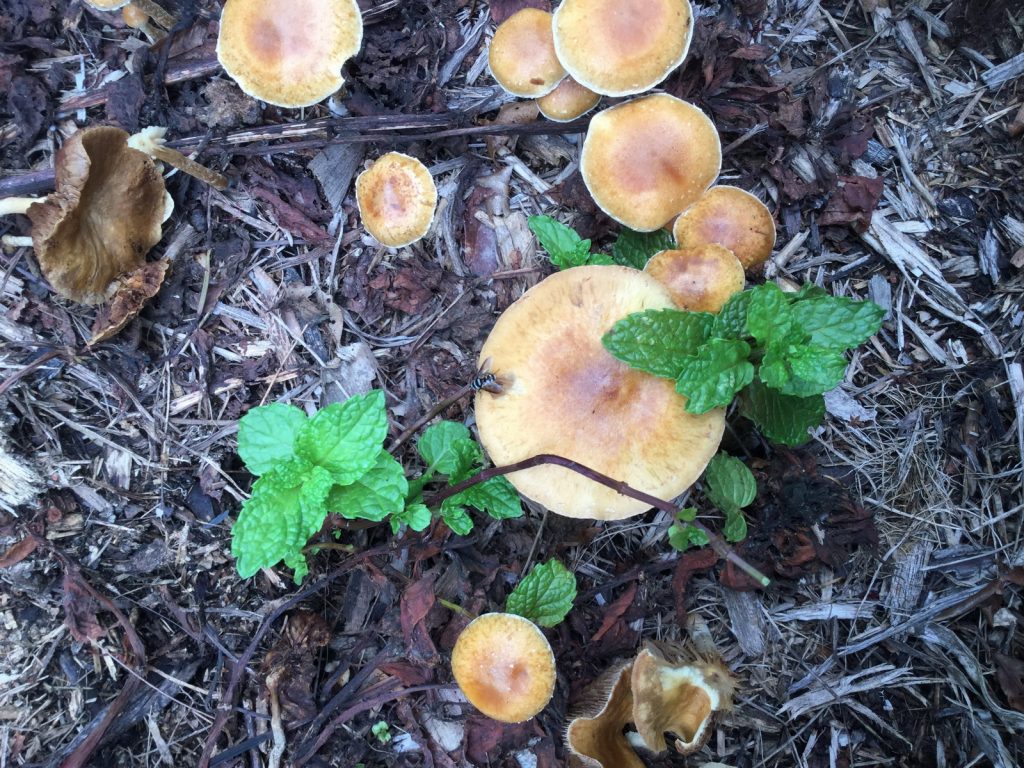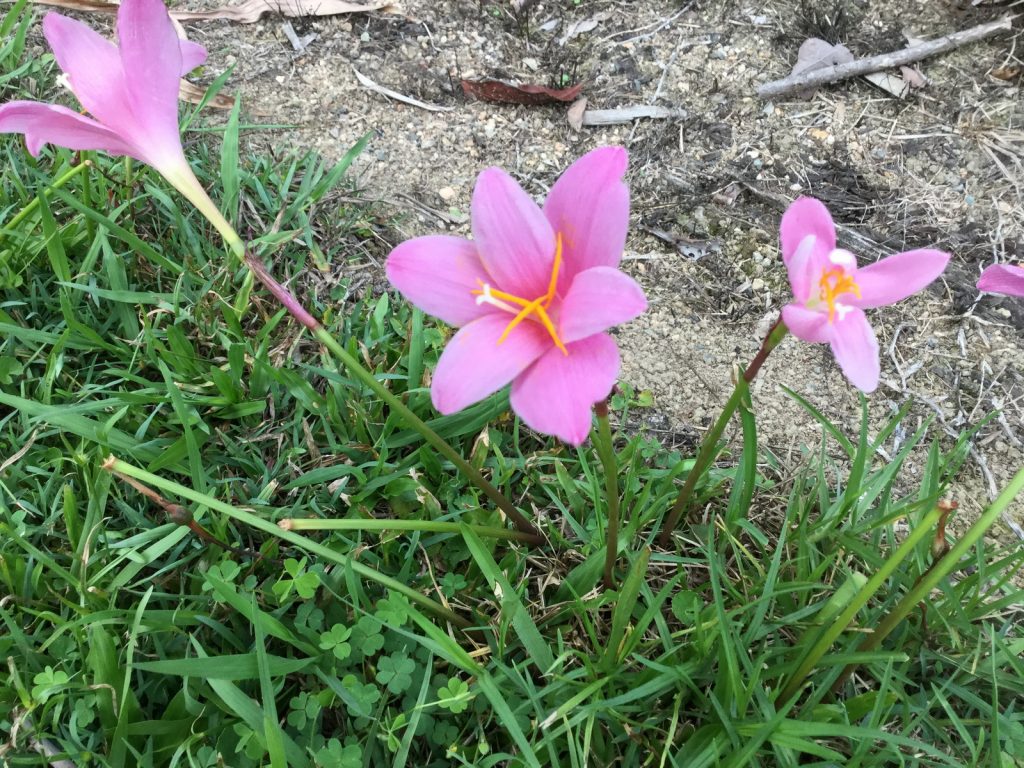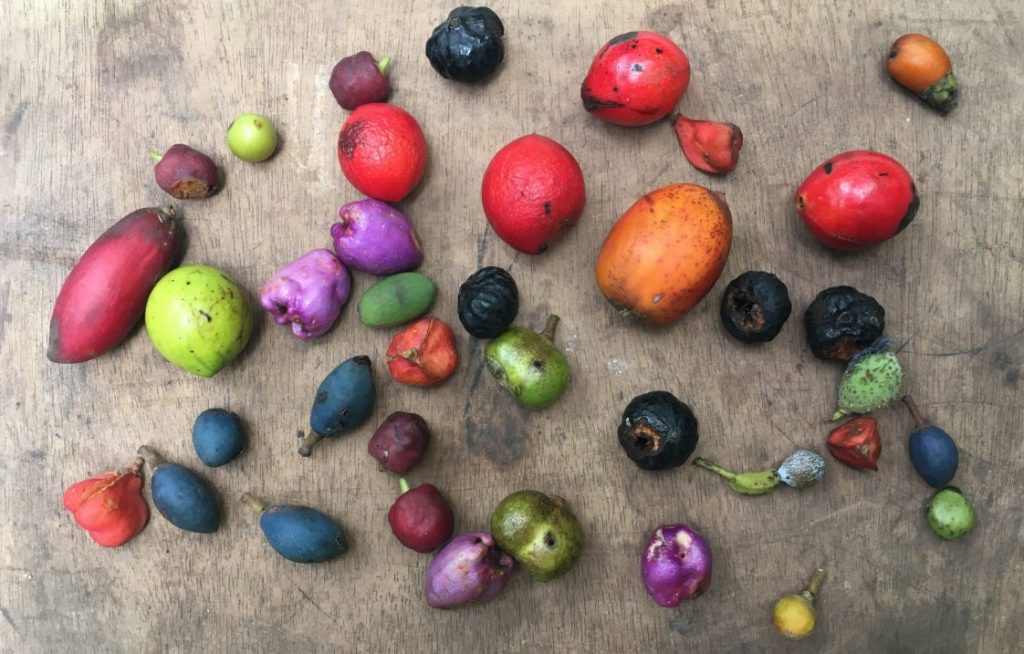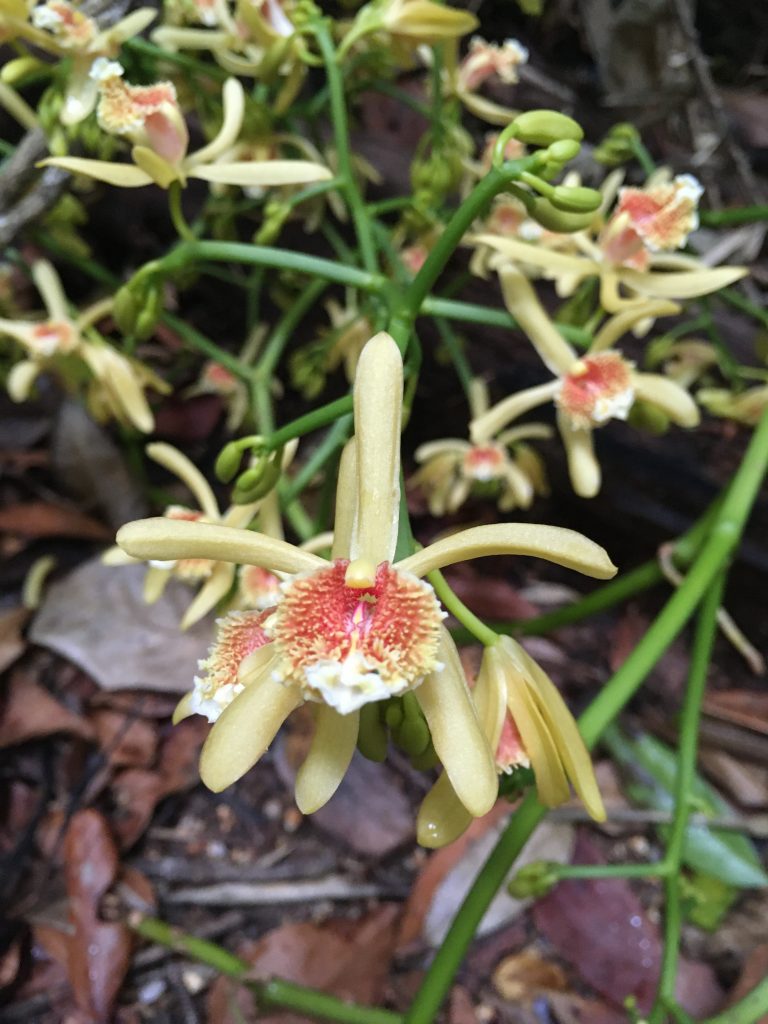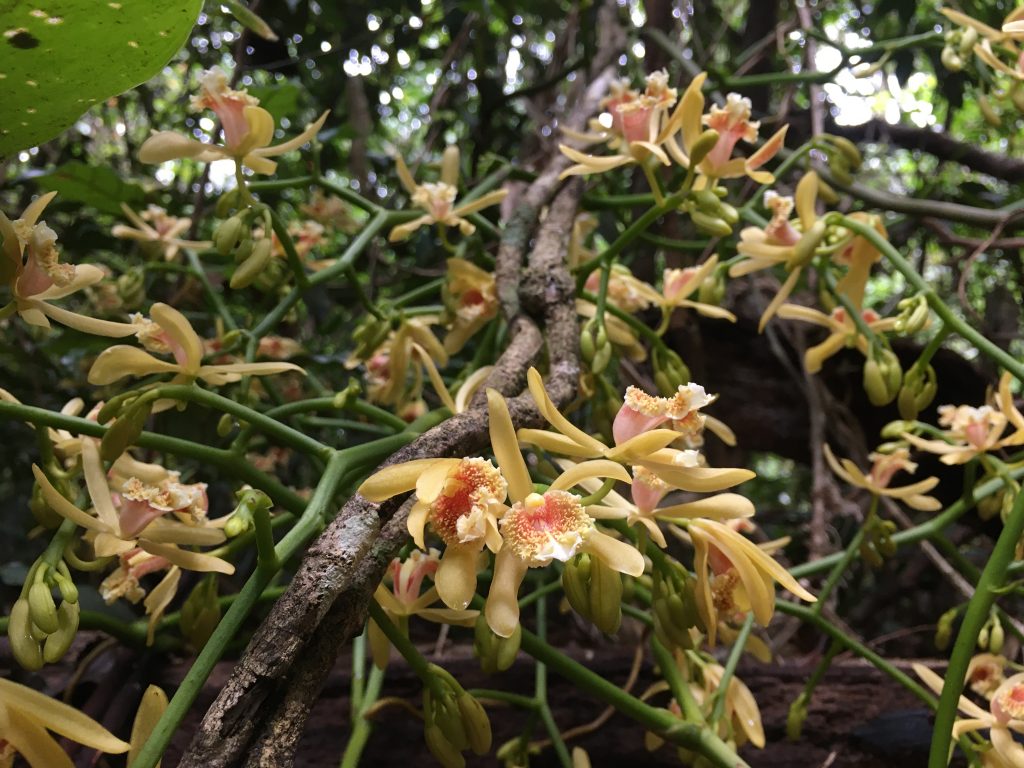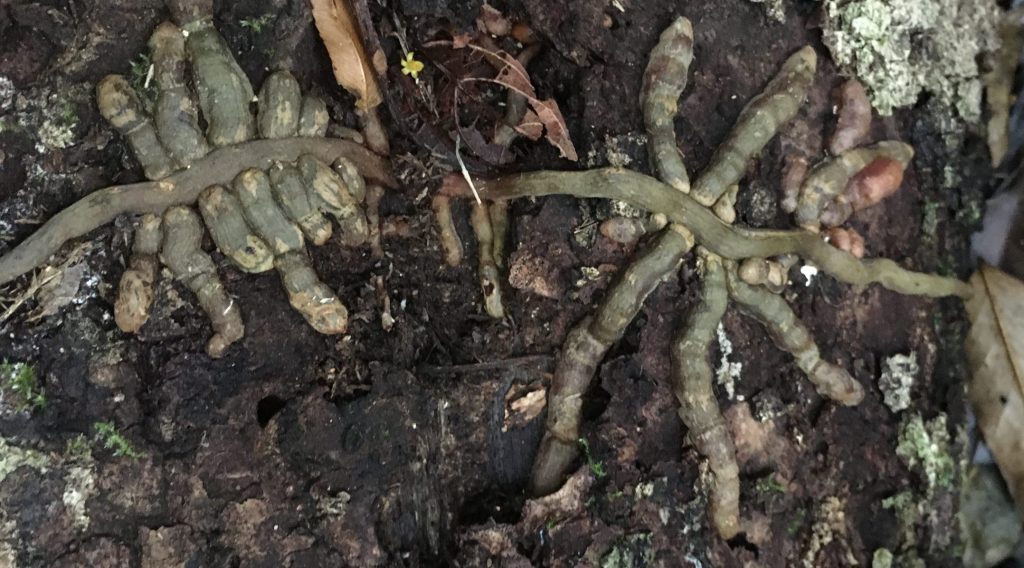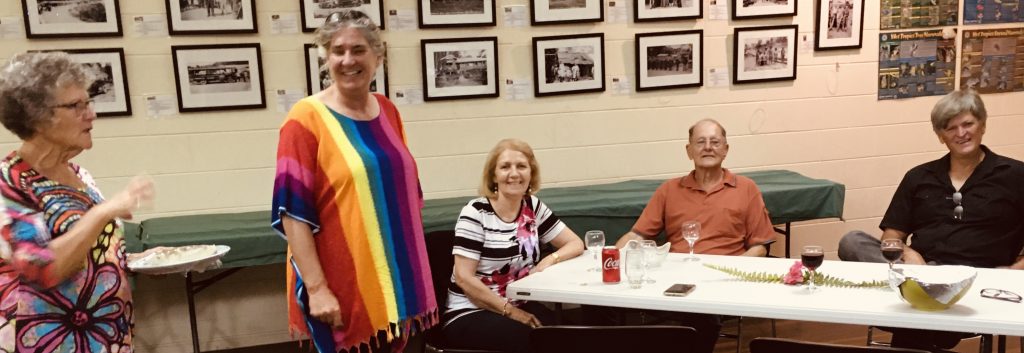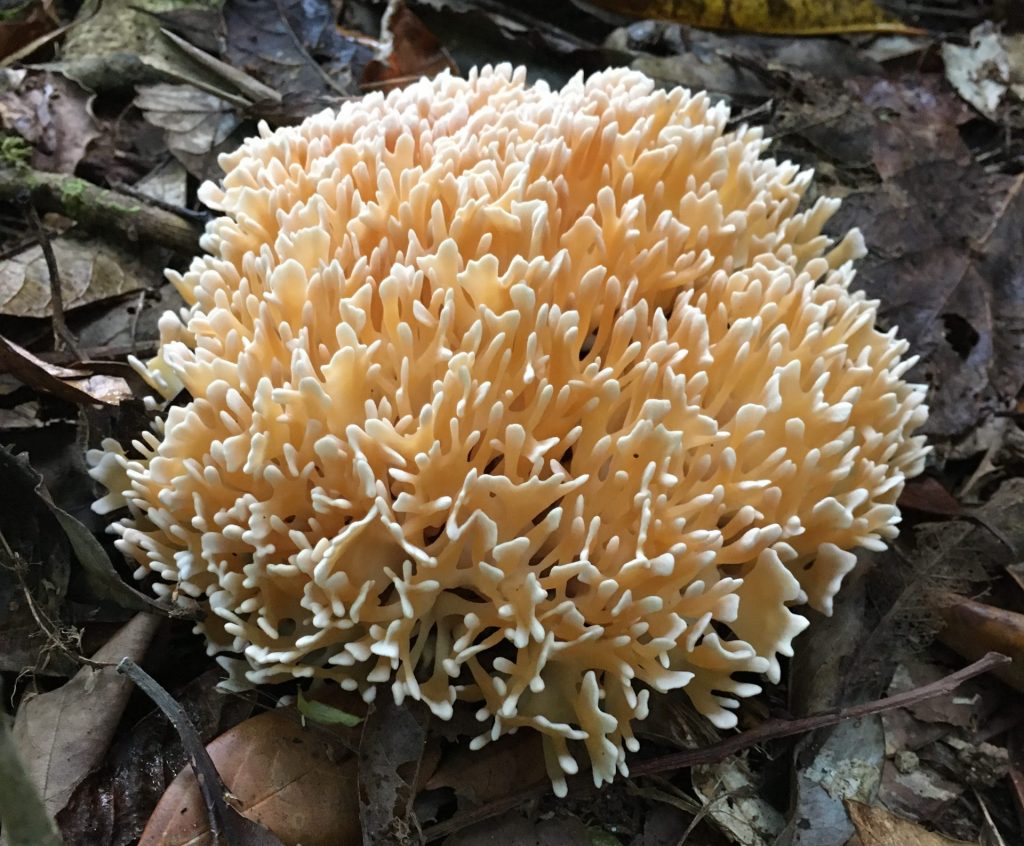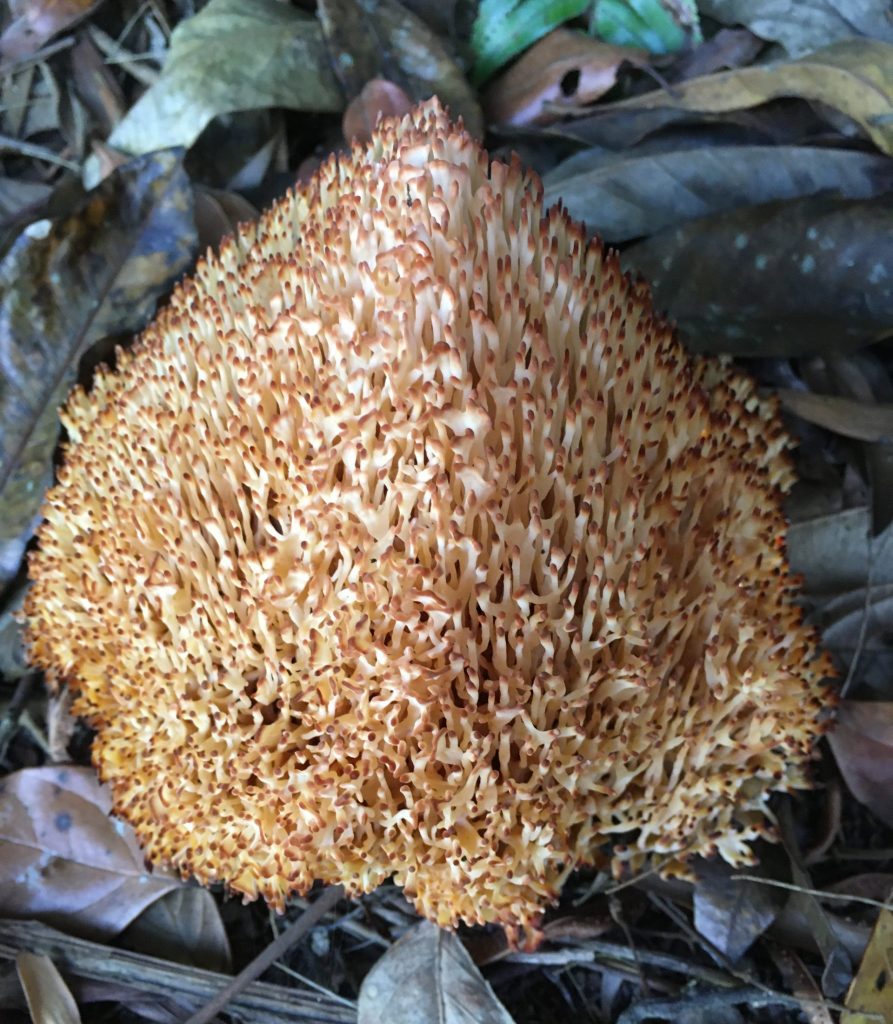by Linda Venn
Charles Henry Edmonds was a well-known horseman, stockman and drover aged 34. He currently lived at Ollera Gorge. Charles was a widower with one child who lived in Aitkenvale, Townsville, where Charles was well-known, having been in Townsville for about ten years. He had never been in trouble with the Police before. Despite this, Charles was detained on Thursday night, 36 hours after the attempted robbery. He was brought to Townsville on Friday afternoon, presumably by rail, as the highway did not exist at that time. Charles’ mare was also brought to Townsville Friday night, as evidence. In Townsville, Charles was formally arrested on two charges.
Charles’ first court appearance was on Saturday morning, 12th December 1931. All the newspaper reports (often reprinted verbatim across Brisbane, regional Queensland and in other states) mention that Charles’ “appearance in the Police Court this morning drew a big crowd”. (Sunday Mail, 13 December 1931, p. 4) The Brisbane Truth of the same day carried the headline “BANDITRY CHARGE” above a photograph of Detective Senior-Sergeant O’Driscoll, who was wearing a very spivvy hat. (Truth, 13 December 1931, p. 15). The Brisbane Daily Standard of the following day carried the headline “THE BOOTY WAS BIG”. Not talking about anyone’s derriere here, but the amount the ‘bandit’ had attempted to get away with – £391 19s 5d!

The first charge was settled that day and related to Charles being in possession of an unlicensed Colt revolver. Sub-Inspector Blackmore gave evidence that when questioned at his house near Rollingstone, the defendant had handed the revolver to Detective O’Driscoll. It was in his pack saddlebag and was fully loaded in all six chambers. Charles pleaded guilty to possession of the unlicensed revolver. He had enquired of a Constable Crunkhorn regarding a licence but had left on a droving job before actually applying for one. Charles’ defence counsel, Mr. T. M. Barry, noted that a droving job warranted the carrying of a firearm. Barry also said that the defendant “was a man of high reputation, having been employed as a cattle buyer and drover by prominent firms”. (Sunday Mail, 13 December 1931, p. 4) Acting Police Magistrate W. E. McKenzie imposed the minimum fine of £10 in default three months imprisonment.
On the more serious charge, of attempting to steal while armed with a shotgun the sum of £391 19s 5d from the Main Roads Commission (previously Main Roads Board) Paymaster, Michael Killoran, Charles Henry Edmonds was remanded for a week on a self surety of £100 and another of £100 (or two of £50). Police Prosecutor Sub-Inspector Blackmore did not oppose bail. Reports of Charles’ next court appearance on Saturday 19th December on the attempted robbery charge were eagerly awaited.





